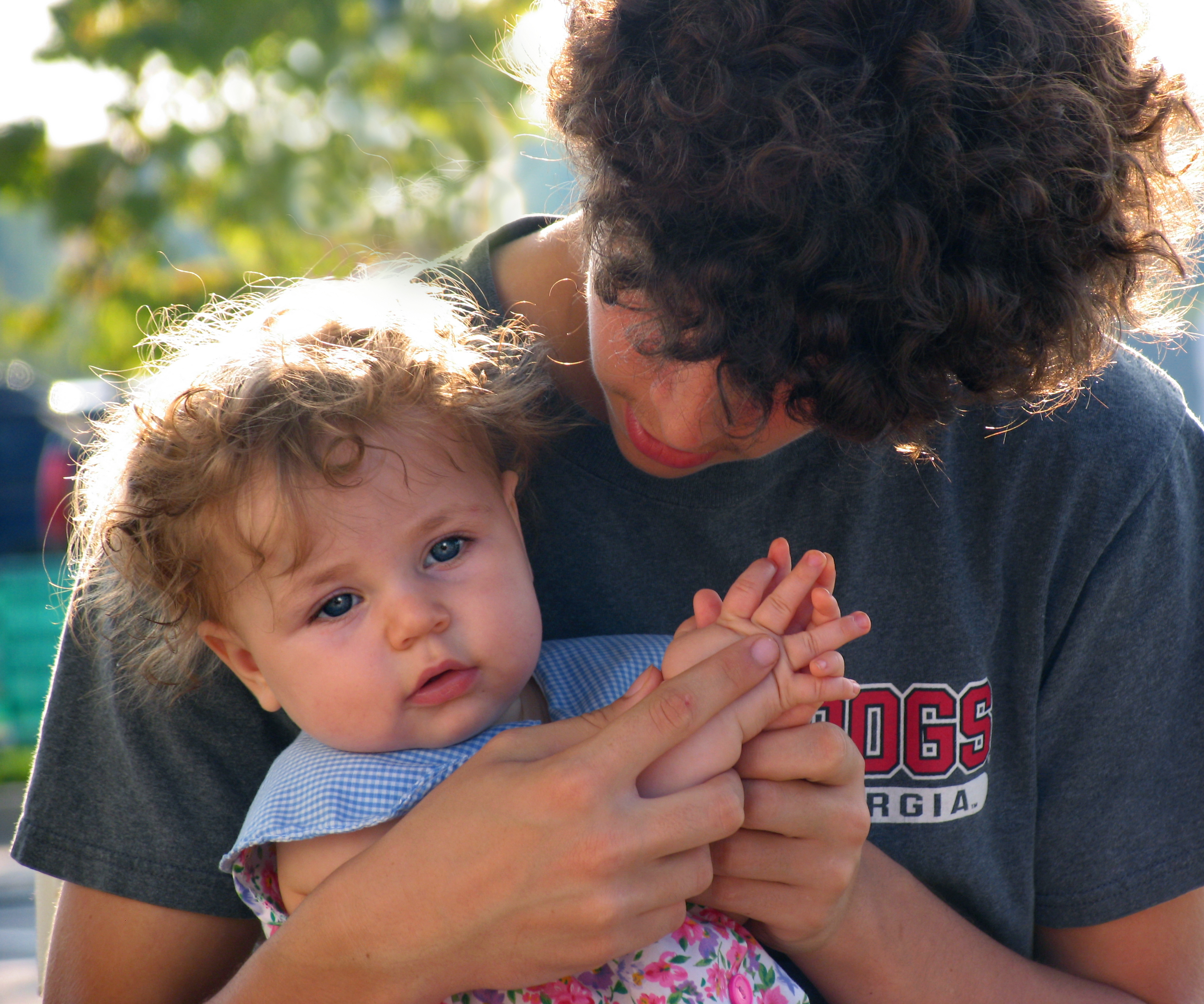We’ve helped hundreds of dads throughout Orange County and Southern California through their divorces, which means we also hear a lot of misconceptions people have when it comes to child custody. We’ve compiled a list of some of the most common divorce myths we hear and the truth behind them.
MYTH #1: I need to file for divorce first to protect my parental rights.
The court does not consider who files first, also referred to as the “petitioner,” during a divorce or child custody case. However, there are a few advantages of filing first. For example, by filing for divorce, you’ll be aware of what is about to happen, so you may have time to better prepare rather than be taken off guard. If you believe your spouse is about to file for divorce, take any necessary steps to ensure your finances and job are secure.
MYTH #2: It’s easy to modify agreements in the divorce or child custody agreement.
Only the court has the authority to modify these orders, and you will need an appropriate reason or concern to request changes. You must show a significant change in circumstances—such as a long-distance move or a concern with your ex-wife’s ability to parent—that occurred after the court issued your order. As always, the court will consider what is in the best interest of your children before deciding to modify your custody plan.
MYTH #3: Joint custody means that my children will take equal turns living with me and their mother.
Regardless of whether you have joint custody or sole custody, your children will reside with one parent on a daily basis while the other parent typically has the right to visitation and provides child support. As a reminder, California child custody is defined as:
● Joint Legal Custody: Both parents have the right to make important decisions on healthcare, education, travel, and welfare for their children.
● Joint Physical Custody: Children take turns living with both parents.
● Sole Legal Custody: Only one parent has the right and responsibility to make important decisions for the children.
● Sole Physical Custody: Children live with one parent most of the time and usually visit the other parent.
MYTH #4: Children can choose who they want to live with.
In California, a court will consider the facts of a case to ensure its decision is in the best interests of the children before approving a custodial plan and a visitation schedule. According to California Rules of Court Rule 5.250 and Family Code section 3042, the court also must consider the children’s wishes regarding custody and visitation. Furthermore, children who are 14 or older must be allowed to directly address the court regarding custody and visitation unless it is not in the child’s best interests. However, a judge will only take this information into consideration when determining custody as well as the child’s age, maturity level, and his or her reasons for preferring a certain parent.
If you have a question about family law or child custody, contact The Family Law Office of André J. Ausseresses, APC today.

